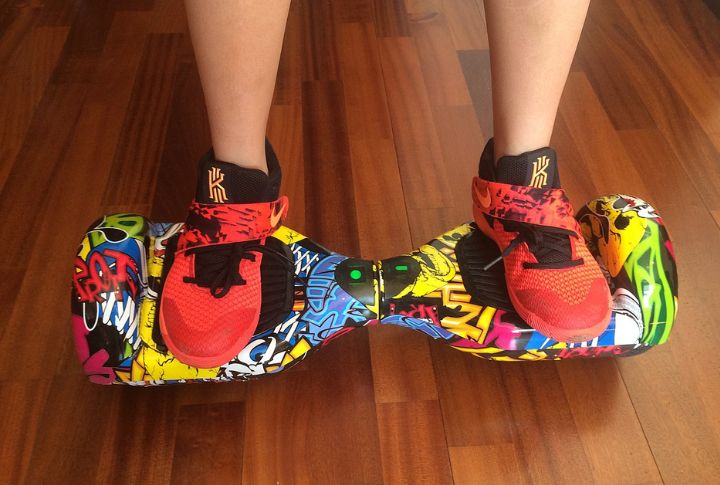
Big promises don’t always lead to big results. Some ideas start strong—flashy launches, investor buzz, bold claims—but quickly crumble under real-world pressure. These 20 examples reveal what happens when ambition outpaces practicality and when innovation forgets to ask: “Does anyone actually need this?” Let’s unpack where things went wrong.
The Ford Edsel’s Market Misalignment
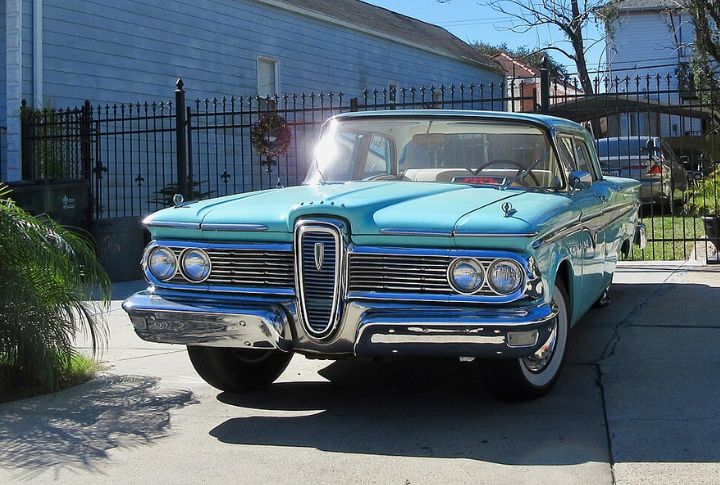
A $250 million investment didn’t stop the Edsel from flopping by 1960. Ford overestimated consumer interest and misread market signals, then launched the car with designs considered awkward for the era. Today, it’s a textbook case of brand misjudgment that derailed one of Ford’s most ambitious product launches.
Google’s Overambitious Glass
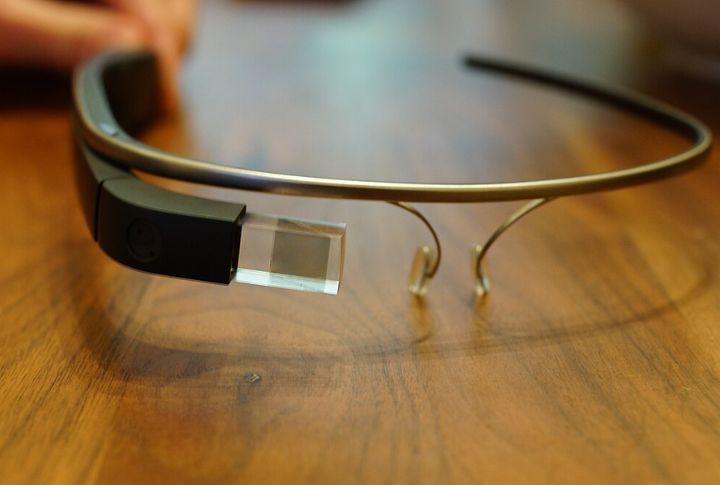
What went wrong with a wearable that promised hands-free computing? Google Glass debuted in 2013 but vanished from shelves by 2015. Privacy concerns and limited practical use made it more dystopian than futuristic despite being a marvel of early augmented reality engineering.
Segway’s Unfulfilled Promise
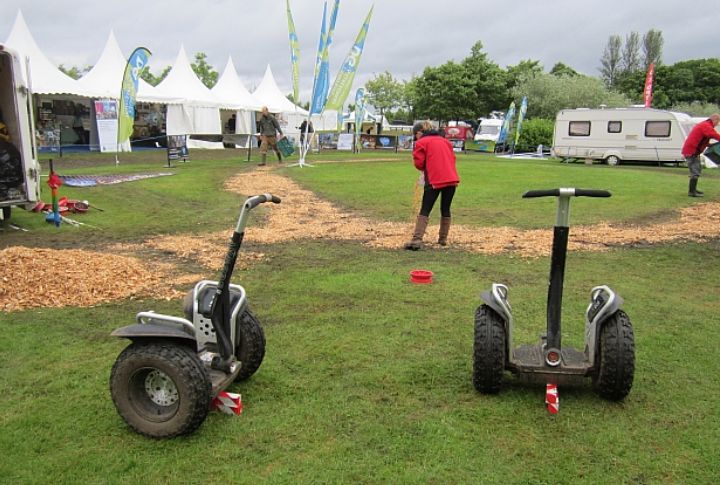
The Segway launched in 2001 as a futuristic solution to personal travel, but it never quite caught on. Fewer than 140,000 were sold worldwide. Between steep prices and cultural awkwardness, it became more punchline than a revolution, even with all the hype.
Microsoft’s Zune Misstep
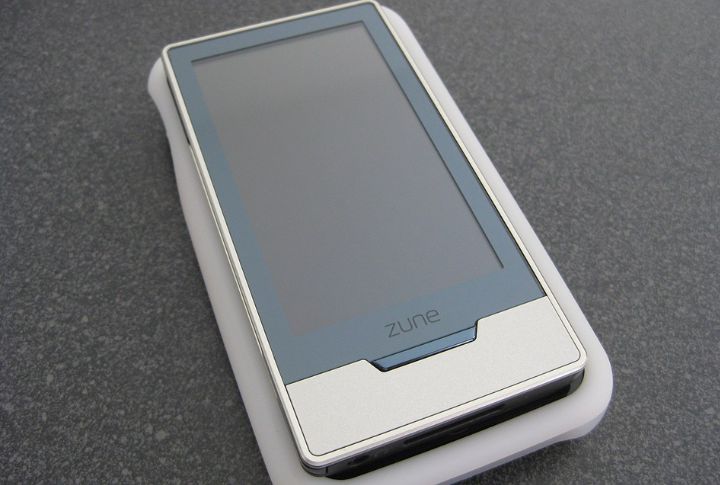
Zune aimed for the iPod’s throne, but what did it offer users that Apple didn’t? Not enough. Launched in 2006 and pulled by 2011, it lacked exclusive features and couldn’t shake its “me-too” image—proof that timing and identity most times trump budget.
Amazon’s Fire Phone Fizzle
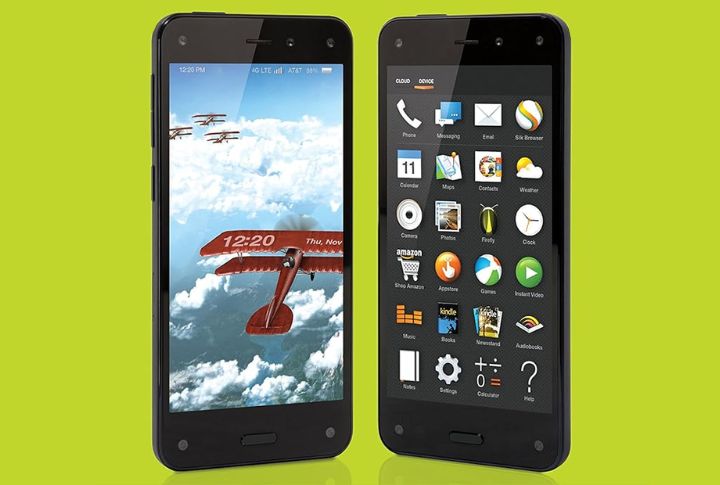
Amazon tried entering the smartphone market in 2014 with its Fire Phone and quickly learned how unforgiving tech consumers can be. Between the limited app ecosystem and high pricing, sales struggled from the start. Within 12 months, the product flamed out entirely, costing Amazon about $170 million.
Apple’s Newton Ahead Of Its Time
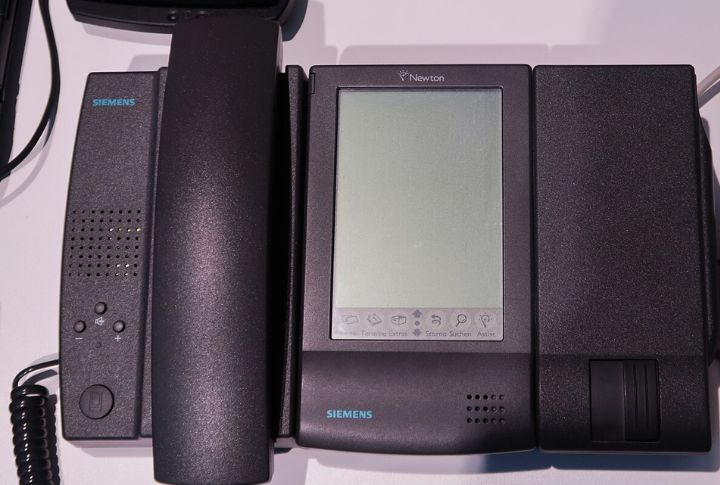
Released in 1993, the Newton packed handwriting recognition and personal organization tools. But the software was glitchy, and the price was steep. Consumers simply weren’t ready, and Apple shelved it by 1998. Sometimes, being too early can feel a lot like being wrong.
Betamax’s Format War Loss
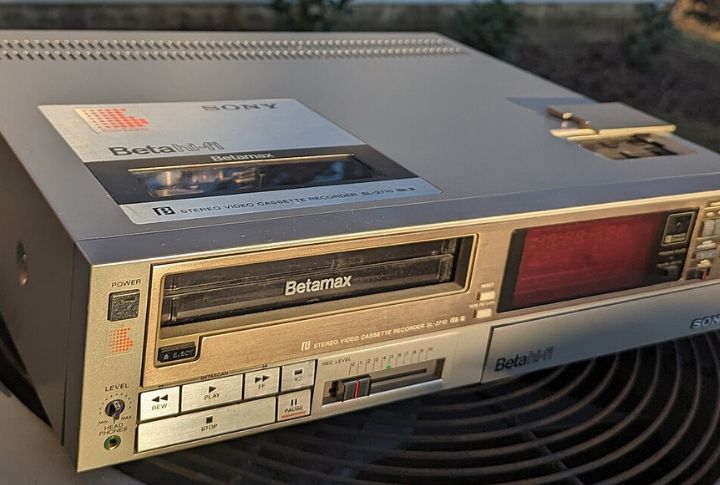
Betamax hit the market in 1975 with sharper picture quality, but that wasn’t enough to win the home video race. VHS tapes could record longer and were more widely licensed, making them the easier choice. Sony’s format faded quickly—a reminder that technical strengths don’t always sway everyday consumers.
New Coke’s Taste Test Backfire
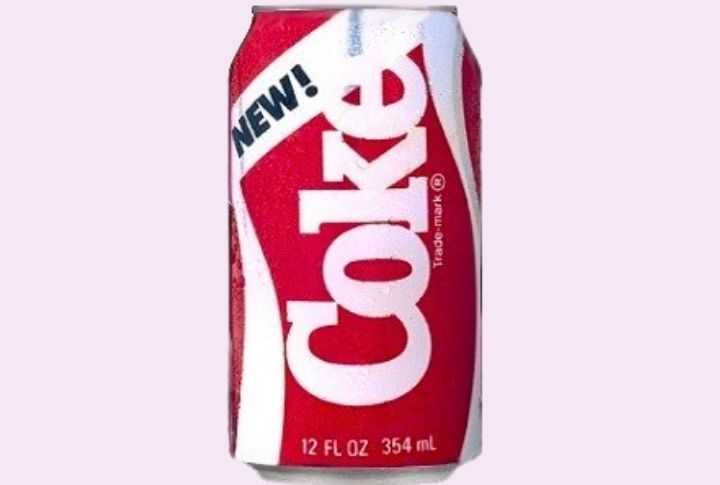
By 1985, Coca-Cola decided to “refresh” its flagship flavor. Instead, backlash hit hard. The revamped formula alienated loyal drinkers so quickly that Coca-Cola Classic returned within 79 days. It proves that disrupting what people love without understanding their connection to it can turn loyalty into outrage in record time.
DeLorean’s DMC-12 Disappointment
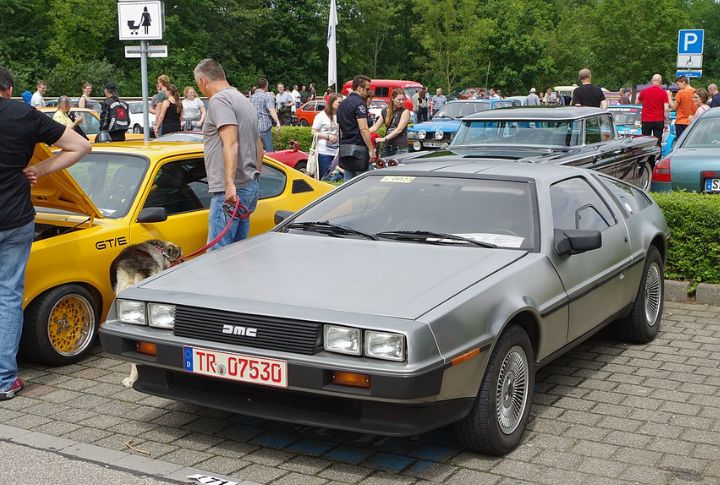
Few cars look as iconic as the DeLorean, but in practice, it stalled at launch. Unreliable mechanics and a $25,000 price tag made sales sputter. Under 9,000 units were ever made before the company folded in 1983. Not even stainless steel could save it.
Juicero’s Overengineered Juicer
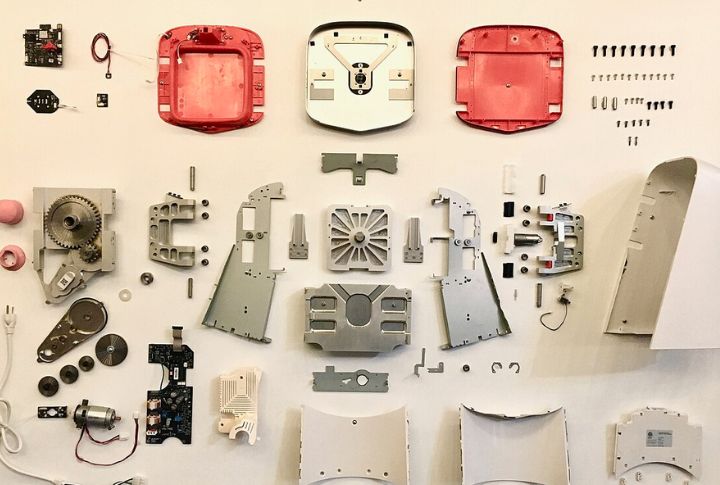
Could a $699 machine really revolutionize juice? Juicero thought so—until users squeezed the juice packs with their bare hands. That revelation mocked the core product. By 2017, after burning through over $100 million in funding, the Silicon Valley darling became a cautionary tale in excess.
AltaVista’s Search Engine Overshadow
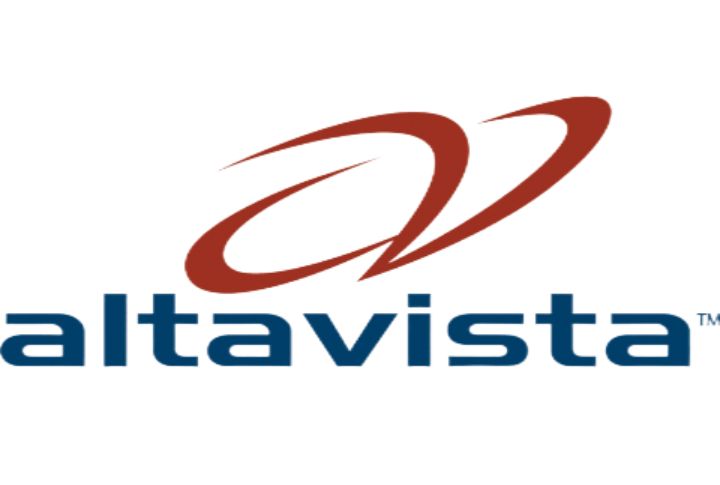
AltaVista once led the internet search. But by failing to evolve amid Google’s rise, it became irrelevant. After multiple ownership changes, it was shut down in 2013. The lesson? Early dominance in tech means little without constant reinvention and user-centered improvements.
CueCat’s Barcode Blunder
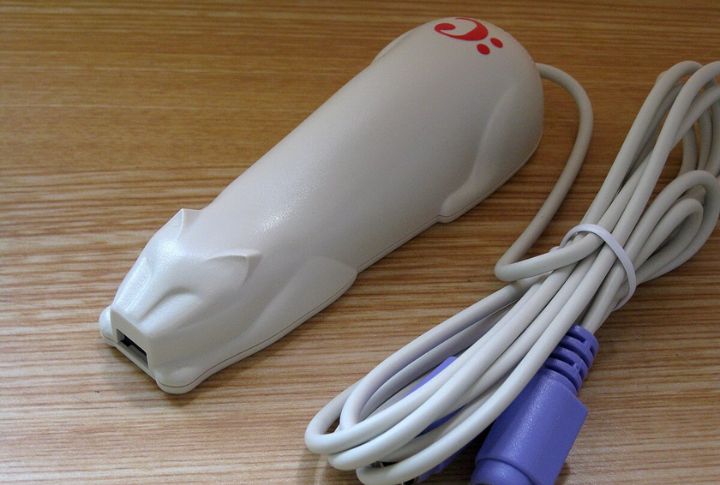
Launched in 2000, the CueCat let users scan print media barcodes to access websites. Clunky hardware and limited relevance made it obsolete almost instantly. With $185 million raised and nothing to show, it became one of the dot-com bubble’s most laughable flops.
Apple’s AirPower Charging Pad Collapse
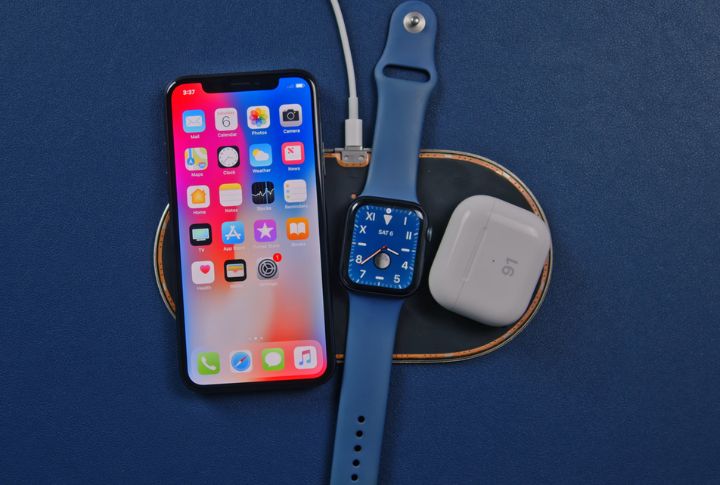
Apple introduced AirPower in 2017, promoting it as a wireless charging pad for multiple devices. Despite strong anticipation, persistent overheating and design issues stalled progress. By 2019, Apple officially canceled the product, making it one of the company’s few high-profile announcements to be quietly pulled before release.
Theranos’ Diagnostic Deception

Theranos promised quick, reliable blood tests from a single drop. Investors believed, and patients trusted. But the technology never worked. Around 2018, the company collapsed under fraud charges. It’s a stark example of how charisma and ambition can sometimes outpace ethics and evidence.
Hoverboard’s Safety Concerns
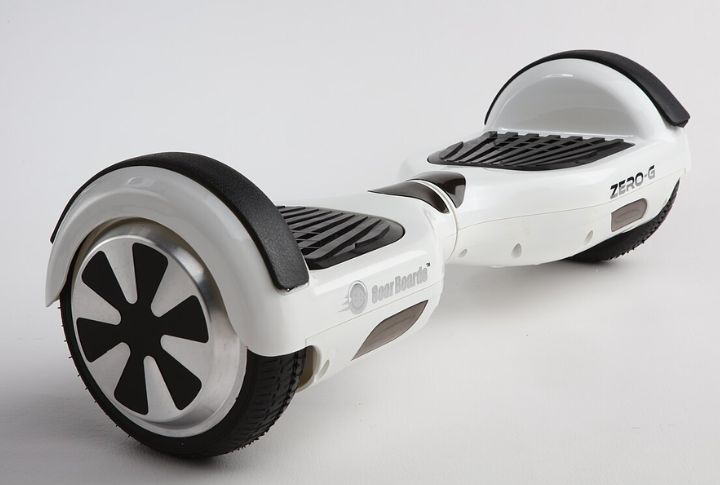
Hoverboards exploded—literally—onto the scene in 2015. However, battery fires, recalls, and safety bans soon followed. Their brief moment as a holiday “must-have” quickly turned into a regulatory nightmare. They now stand as an emblem of viral tech unchecked by safety standards.
HD DVD’s Short-Lived Battle
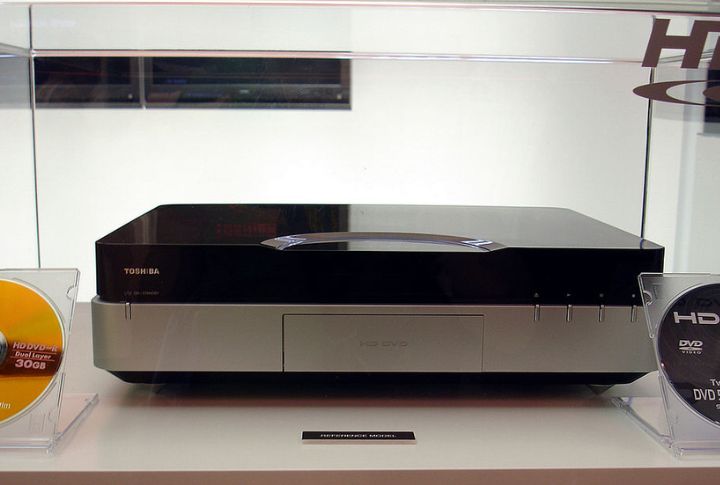
Though HD DVD reached consumers ahead of Blu-ray, support didn’t follow. Hollywood studios and big-box stores turned toward Blu-ray, which offered broader distribution and exclusive releases. HD DVD couldn’t keep up, and Toshiba pulled the plug in 2008 after losing key retailer and studio partnerships.
Windows Vista’s Compatibility Issues
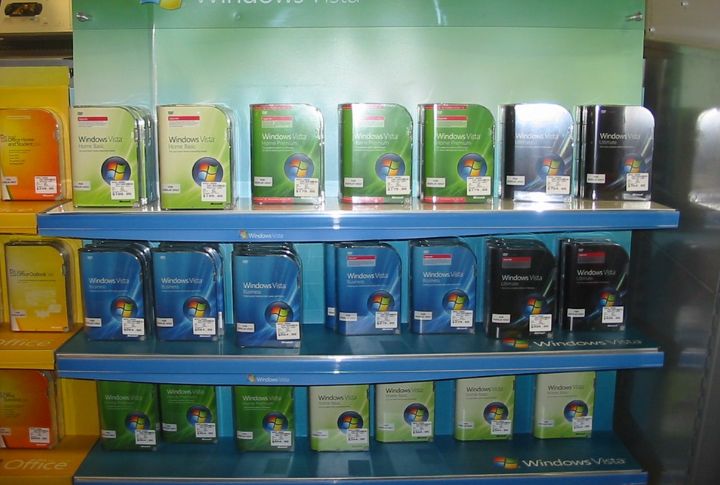
Launched in 2007, Windows Vista faced a user revolt. Programs broke, drivers failed, and performance tanked. Many downgraded back to XP. Even Microsoft admitted defeat by accelerating the release of Windows 7. In software, bad first impressions are rarely forgiven.
Apple’s Pippin Gaming Console
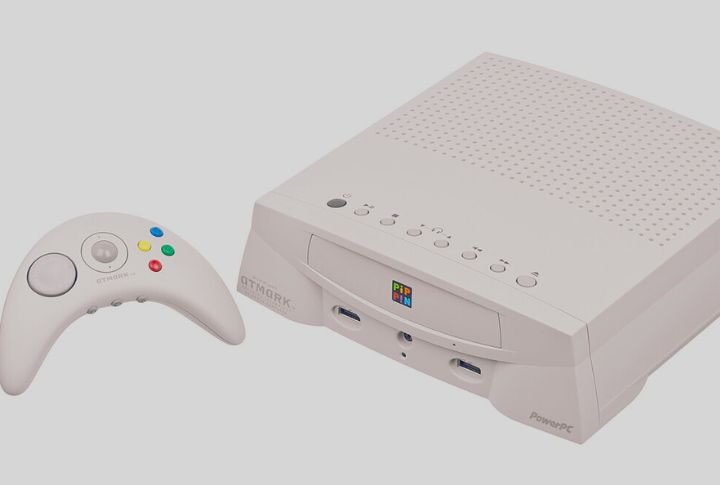
Aiming to merge computing and gaming, Apple’s Pippin launched in 1996. Its high price and scant game selection doomed it fast. By 1998, production stopped. The console failed not for lack of vision but for launching without knowing what gamers truly wanted.
Google Wave’s Communication Confusion

Google launched Wave in 2009, marketing it as the future of digital collaboration. But its interface baffled users, and adoption lagged. By 2012, it was discontinued. Sometimes, packing too many features into a single platform results in more noise than clarity.
Quibi’s Short-Form Content Misfire
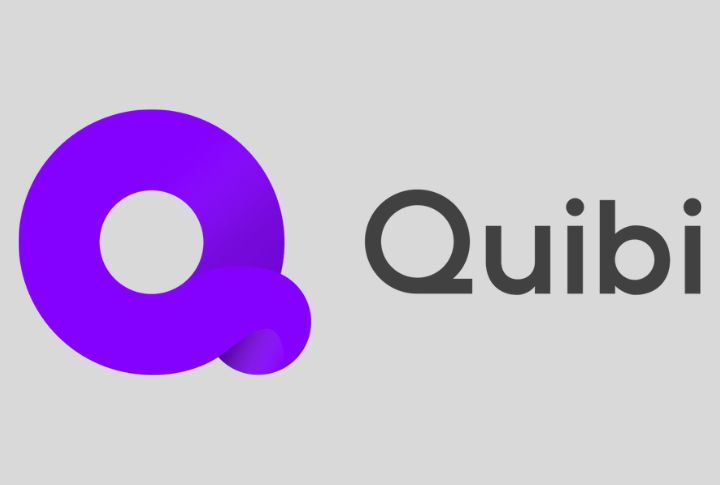
Quibi launched in 2020 with $1.75 billion behind it, aiming to redefine mobile streaming with short-form videos. Despite major talent and heavy investment, it overlooked how audiences actually consume content. Poor timing, limited device options, and unclear branding led to its shutdown just six months later.

